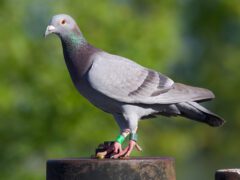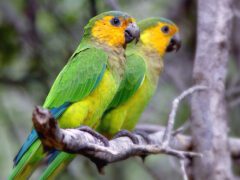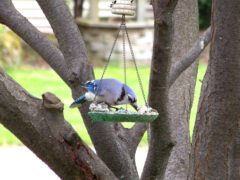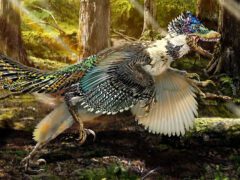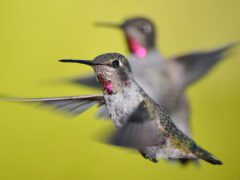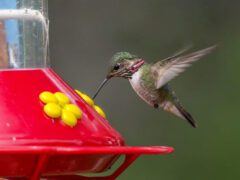The Four Keys to ID
- Size & Shape
Brown Creepers are tiny yet lanky songbirds. They have long, spine-tipped tails, slim bodies, and slender, decurved bills.
Relative Size
Smaller than a White-breasted Nuthatch; larger than a Golden-crowned Kinglet.

 sparrow-sized or smaller
sparrow-sized or smallerMeasurements
- Both Sexes
- Length: 4.7-5.5 in (12-14 cm)
- Weight: 0.2-0.3 oz (5-10 g)
- Wingspan: 6.7-7.9 in (17-20 cm)
© Scott Martin / Macaulay Library
- Color Pattern
- Behavior
- Habitat
Regional Differences
Brown Creepers vary somewhat in color and voice across their range. The most noticeable is the “Mexican” Brown Creeper, which ranges into southeastern Arizona and New Mexico. It tends to be darker on the back than creepers in other parts of North America.


